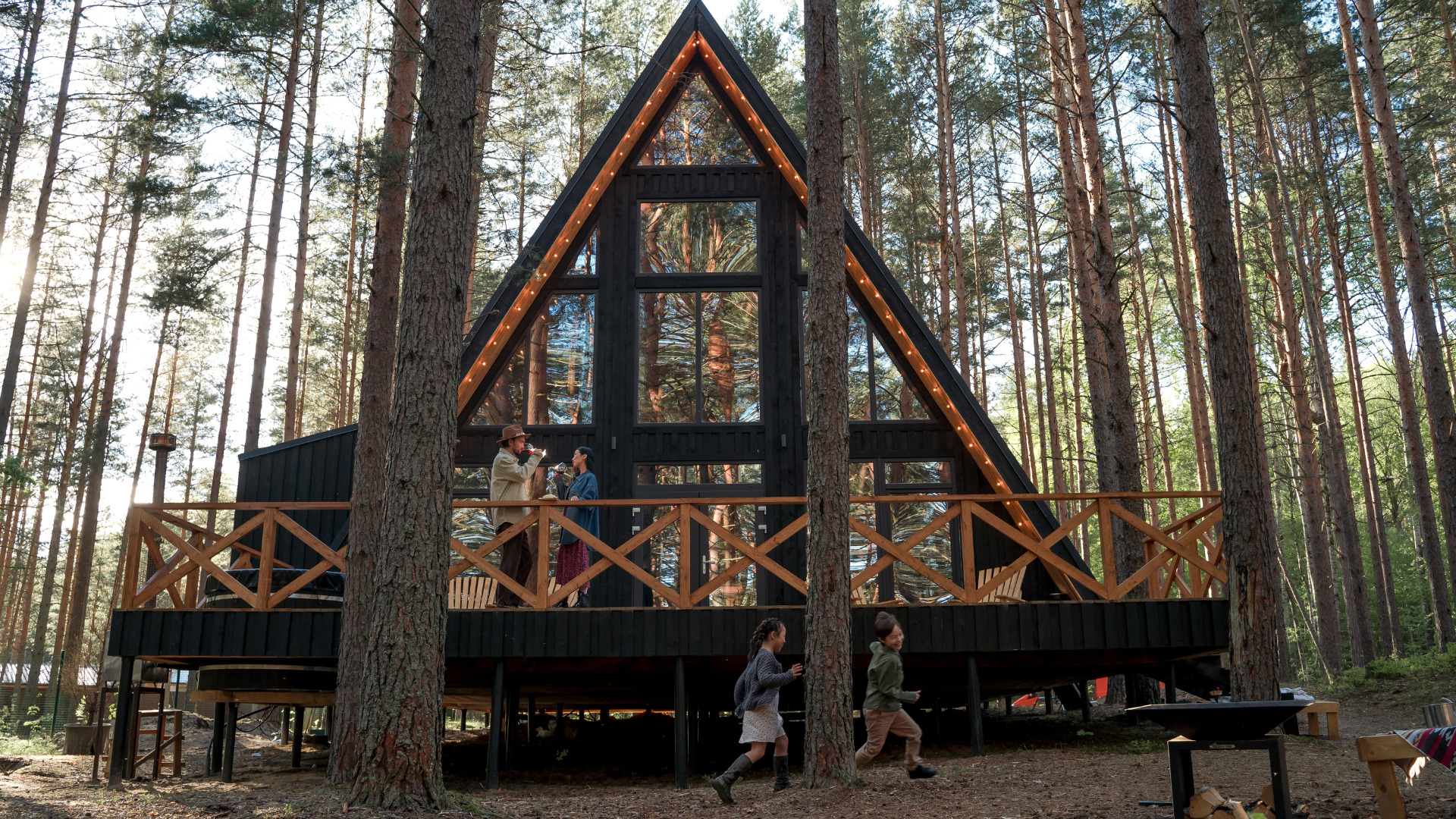
Protecting Your Home from Wildfires: A Comprehensive Guide to Wildfire Mitigation
Wildfires are a serious threat to homes and communities in many parts of the world. They can start quickly and spread rapidly, often leaving little time for residents to evacuate. While it is impossible to eliminate the risk of wildfires, there are steps that homeowners can take to mitigate the damage they can cause. Let us discuss some of the most effective methods of wildfire mitigation for homes.
Building a Fire-Resistant Home: Tips for Creating a Defensible Space
Creating defensible space is one of the most important steps you can take to protect your home from wildfires. Defensible space is the area around your home that is clear of flammable materials. The goal is to create a buffer zone that will slow or stop the spread of a wildfire. Here are steps you can take to create defensible space:
- Clear vegetation: Remove any dead plants, trees, or shrubs from around your home. This includes any plants that are within thirty feet of your home, as well as any plants that are on slopes. Dead vegetation can function as fuel for wildfires, so it is important to remove it.
- Create a non-combustible zone: Within 5 feet of your home, you should create a non-combustible zone. This means using materials that are fire-resistant, such as gravel, concrete, or brick. Do not store firewood or other flammable materials in this zone.
- Use fire-resistant plants: If you want to have plants in your yard, choose ones that are fire-resistant. This includes plants with a high-water content, such as succulents, as well as plants with a low oil content, such as cacti.
Wildfire Resilient Homes: Using Fire-Resistant Building Materials
Using fire-resistant building materials is another crucial step in wildfire mitigation. Here are materials to consider:
- Metal roofing: Metal roofing is more fire-resistant than traditional shingles. It is also more durable and can last longer.
- Cement board siding: Cement board siding is more fire-resistant than wood siding. It is also stronger and has better insulation properties.
- Tempered glass windows: Tempered glass windows are less likely to break during a wildfire. This can help prevent flames from entering your home.
Developing an Evacuation Plan for Wildfire Areas
It is important to have an evacuation plan in case of a wildfire. Here are some steps to take:
- Know your evacuation routes: Find out what routes you should take to evacuate your home. Make sure you have multiple options in case one is blocked.
- Have a designated meeting place: Choose a safe place where you and your family can meet if you are separated during the evacuation.
- Have a communication plan: Designate a family member or friend who lives out of town as a point of contact. Make sure everyone in your family knows how to contact this person.
Surviving a Wildfire: Preparing an Emergency Kit
When preparing for a wildfire, you should put together an emergency kit that includes essential items to help you and your family stay safe and comfortable during an evacuation or power outage.
The American Red Cross recommends gathering food, water, and medicine in advance since stores and pharmacies might be closed during an emergency. You should organize your supplies into a Go-Kit and a Stay-at-Home Kit. The Go-Kit should have three days’ worth of supplies that you can easily carry with you. The Stay-at-Home Kit should have enough supplies for at least two weeks in case you need to shelter in place.
In addition to food, water, and medicine, your emergency kit should include face masks or coverings, a map marked with at least two evacuation routes, prescriptions or special medications, a change of clothing, and extra eyeglasses or contact lenses.
It is important to prepare for wildfires and to have an emergency kit on hand in case of an evacuation or power outage. By having these supplies ready in advance, you can help ensure your safety and comfort during a wildfire.
Additional Tips for Wildfire Mitigation
Here are additional tips for wildfire mitigation:
- Keep your gutters clean: Leaves and other debris can accumulate in your gutters, which can be a fire hazard. Clean your gutters regularly to prevent this.
- Use outdoor appliances carefully: If you have outdoor appliances, such as a grill or smoker, use them carefully. Keep them away from flammable materials and never leave them unattended.
- Stay informed: Keep up to date with the latest information about wildfires in your area. Listen to the news and check local websites for updates.
Conclusion
Wildfires are a serious threat to homes and communities in many parts of the world. However, by taking the right steps, homeowners can reduce the risk of damage caused by wildfires. Creating defensible space, using fire-resistant building materials, developing an evacuation plan, and preparing an emergency kit are all important steps in wildfire mitigation. Remember to stay informed and take action to protect your home and family.
Need Wildfire Insurance Coverage?
XINSURANCE provides specialty homeowners insurance solutions for those who need coverage beyond a standard homeowners policy. We can provide coverage solutions for high-value homes, homes in high-risk areas such as areas prone to wildfires or floods, specialty home features, and more. Our homeowners insurance solution is an all-in-one policy that can cover floods, earthquakes, mudslides, wildfires, and more!
If you want to learn more about our wildfire coverage solutions, check out our blog on The Ultimate Guide to XINSURANCE Wildfire Coverage.

